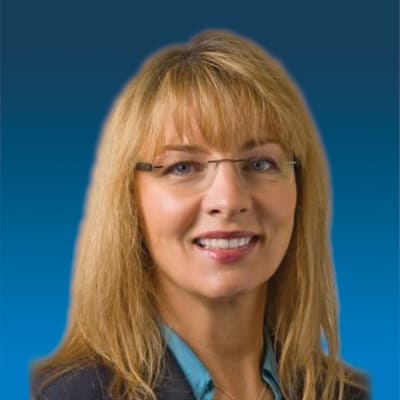
Gayle Wooster
After two years of virtual events, we jumped into the deep end of the pool and headed to Texas, where PSC was a proud Silver Sponsor of the Energy Thought Summit (ETS22) in Austin on April 11-14. Everyone always says that in Texas, everything is bigger—and that certainly applies to the innovative ideas being discussed at this event!
Getting my conference groove back
After 2+ years of working from home and interacting with people electronically, diving headfirst into a week at ETS22 was a bit overwhelming, to say the least. I consider myself an extrovert, and anyone who knows me would probably agree. Just like many others though, I’m a bit out of practice at this point.
This year’s event was jam-packed, with almost four solid days of plenary and break-out sessions from 9 am to 5 pm—it was a lot to take in. Once I got over the culture shock of speaking to 3D people in the flesh, I started to get my mojo back and engaged with a bunch of interesting folks from across the country. The conversations were invigorating, centering on the energy transition and the key strategies that these thought leaders feel will move the industry toward de-carbonization.
Letting go of barriers
Many of us who have spent our entire careers in the energy industry know that we often start a meeting with a ‘safety minute’ to heighten our awareness, reinforce that health and safety are a top priority, and help develop a strong safety culture. One of the first indicators of how much the world has changed since 2020 is that Day 2 of ETS22 started with a breathing exercise. At first, I thought this was an unusual departure for an industry event; but as the week went on, everything I saw and heard reinforced the message that moving forward, we need to get out of our comfort zones, be open to different perspectives, and try new things.
So I closed my eyes and took a deep, cleansing breath.
Our industry has traditionally been thought of as conservative—and for good reason. This year, however, I heard a bunch of utility folks openly discussing things like intention and accountability and encouraging more out-of-the-box thinking than we’re typically used to.
There was a lot of discussion around energy equity and Environmental, Social, and Governance (ESG) topics in general. For example, the topic of equitable resilience was discussed in terms of leveling accessibility to backup power options so all citizens in a community have access to electricity in the event of a grid outage, and that prioritization of restoration is done equitably.
I also attended a great workshop led by Quinn Parker, Founder & CEO of ENCOLOR, who led us through an interactive conversation about Diversity, Equity, and Inclusion (DEI). She really helped us, as both individuals and team members, think about how we can help drive DEI change.
If you aren’t familiar with these acronyms or want to be more involved in the conversation, there are some great resources you can check out. A couple of good resources to start with are Authentic Diversity, How to Change the Workplace for Good by Michelle Silverthorn, and Subtle Acts of Exclusion by Tiffany Jana and Michael Baran.
All roads lead to the customer
When all was said and done, the two key themes that I took away from this conference were:
- The utility of the future will be customer-obsessed. At its core, providing energy services to consumers is what utilities do, and what customers expect from them. The time has come for utilities to elevate that and significantly level up what services they provide, and how they are delivered. I heard many conversations this week about how the utility workforce is changing to satisfy the next generation of customers. These “prosumers” are already sharing valuable opinions and insight into how we can serve them more effectively. I didn’t hear the term “ratepayer” or “rate base” used one time all week to describe the electric utility customer. More often I heard people referring to their customers as partners.
- We can’t do the same things over and over and expect different results. So much of the dialogue this year was about challenging the status quo. Non-traditional ways of working and thinking can be scary, but we need to face that emotion head-on and explore, be curious, and question the concept of “business as usual.” By nature, the operating model of a utility company is 24/7/365, but with customer-centricity being elevated to a new industry best practice, we need to move away from the traditional, reactive call center mindset and get our heads around how to best engage with customers around-the-clock.
While there was also plenty of talk about our other challenges and opportunities (transportation electrification, resiliency, supply chain issues, skill shortages, integrating emerging technologies, cost recovery, cybersecurity, the aging workforce, weather events, data analytics, etc.), this year, talk of electricity consumers’ expectations was front and center like never before.
This thread of customer-centricity made its way into numerous sessions and keynotes, and it reminded me of a slogan PSC used a few years ago at Distributech: This ain’t your grandma’s grid. These words ring more true today than ever before, and it was gratifying to see that the folks attending ETS are 100% on board with it.
As we start attending industry conferences in person again, we’d love to see you out there. Check out our list of global events and let us know if you’d like to connect.
